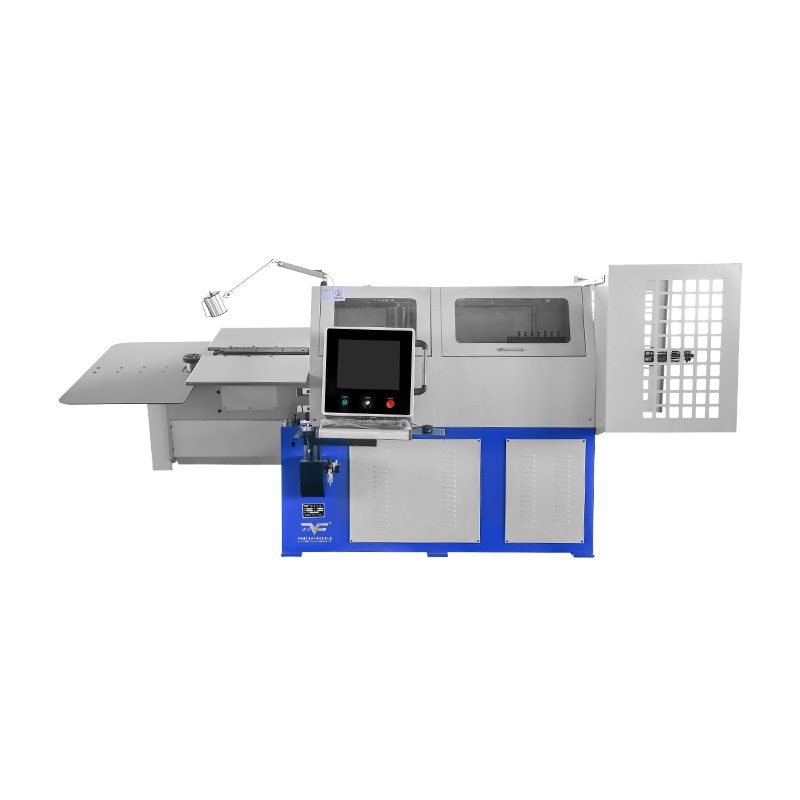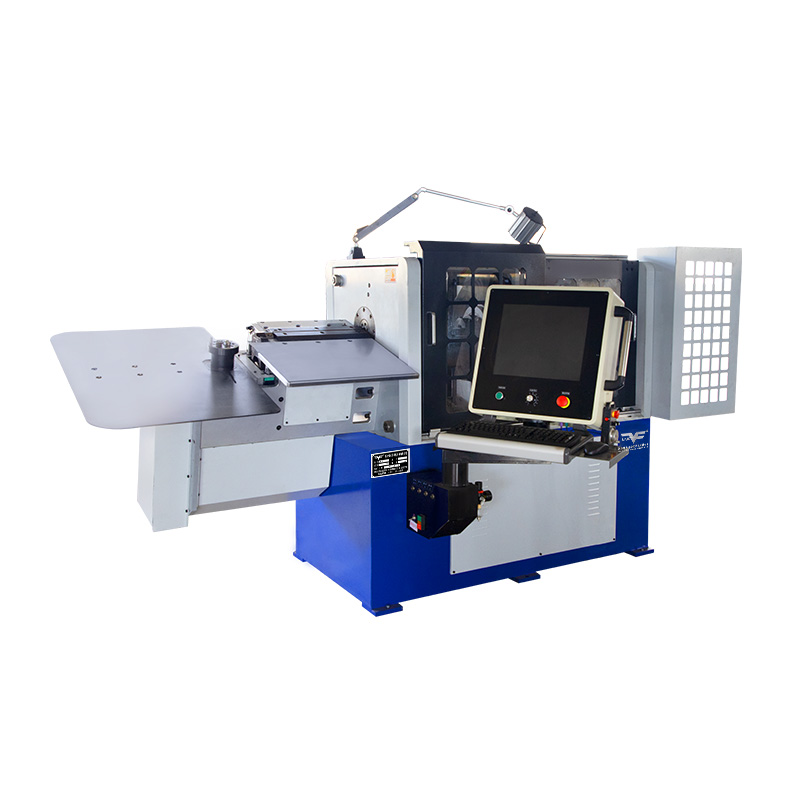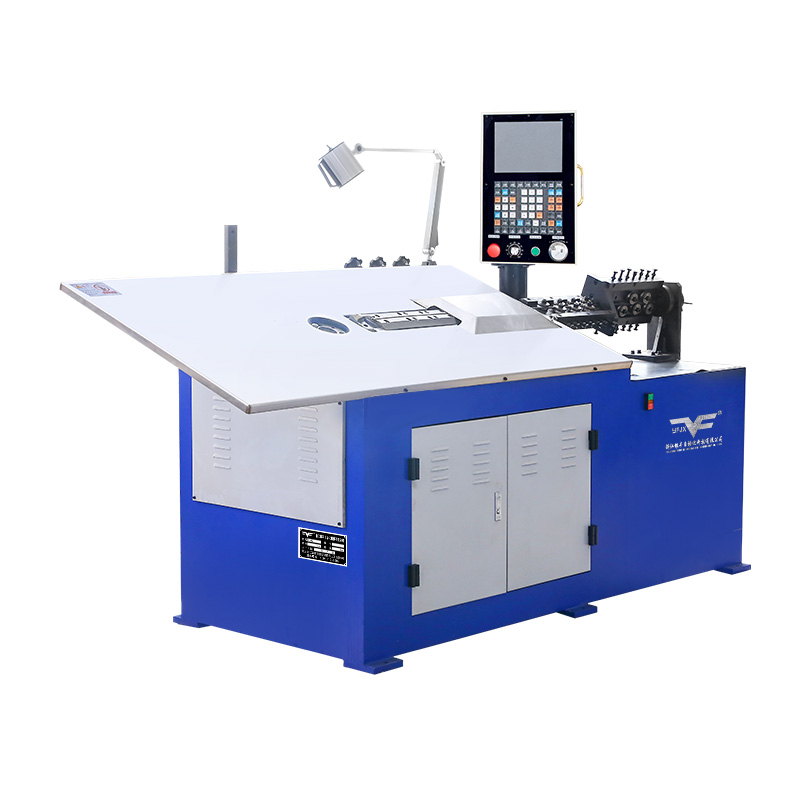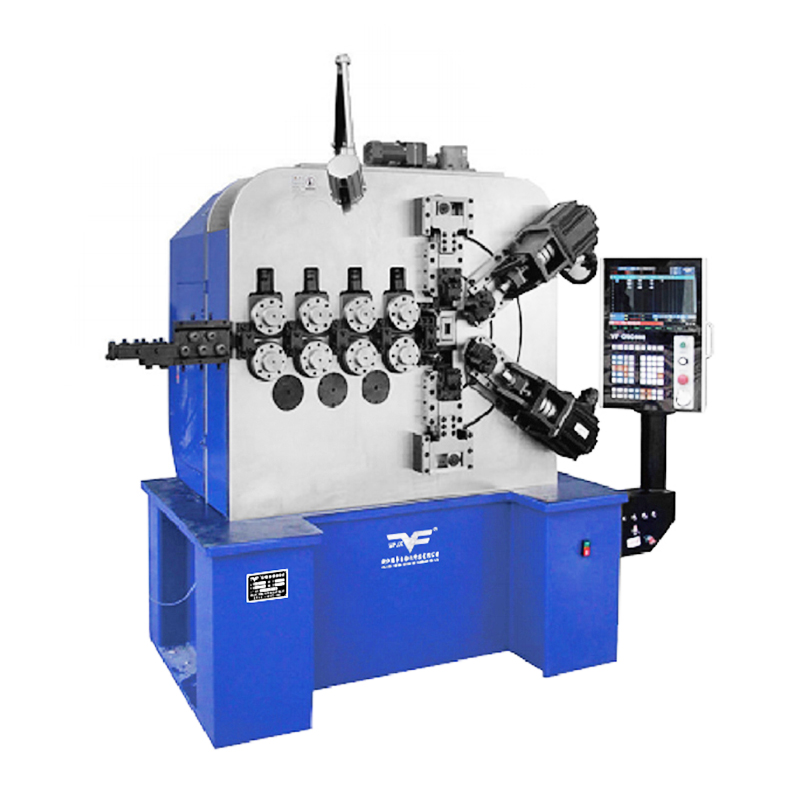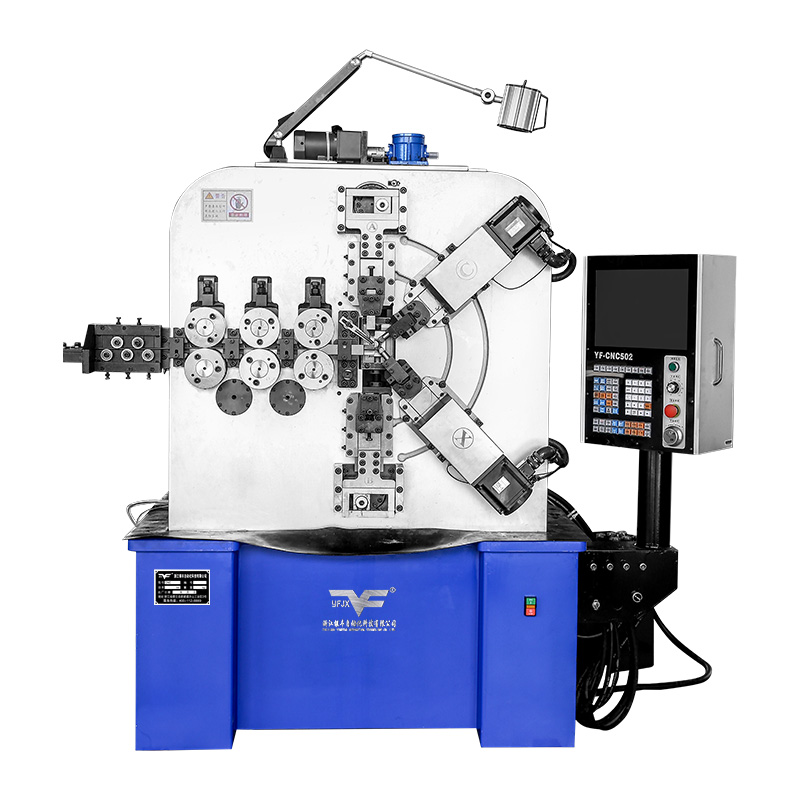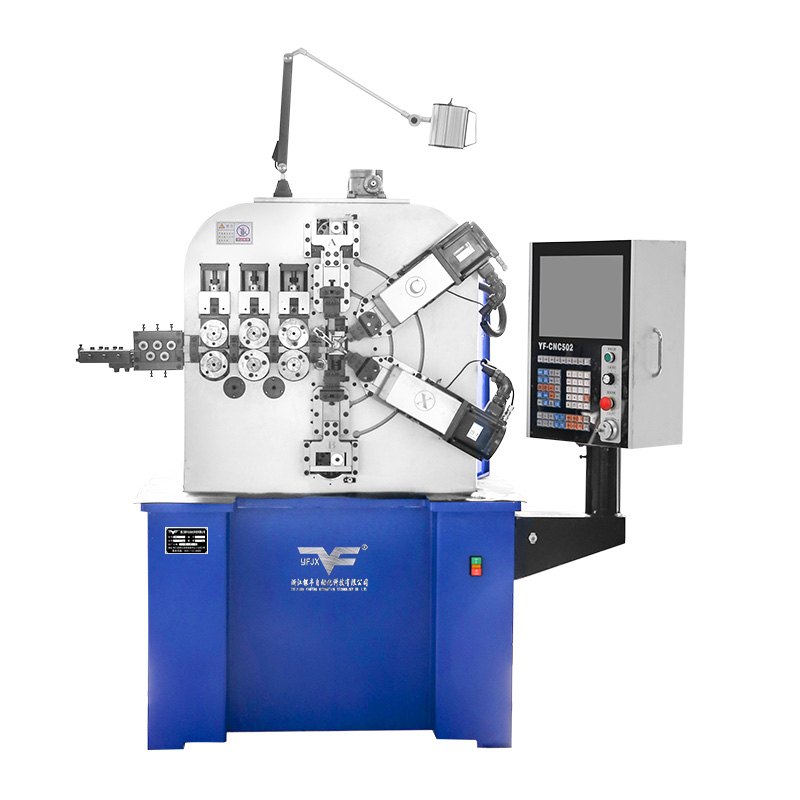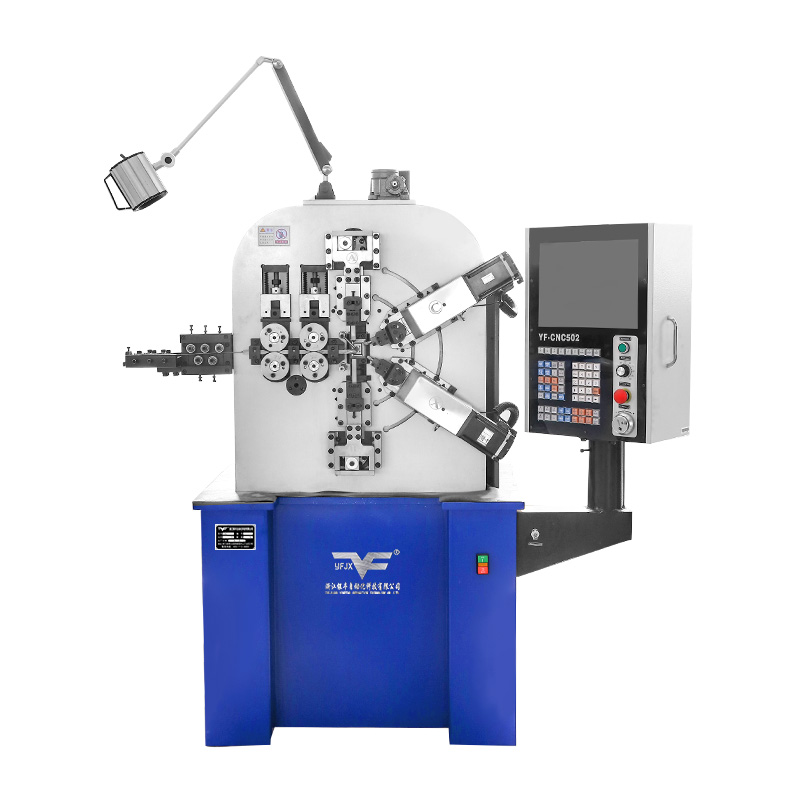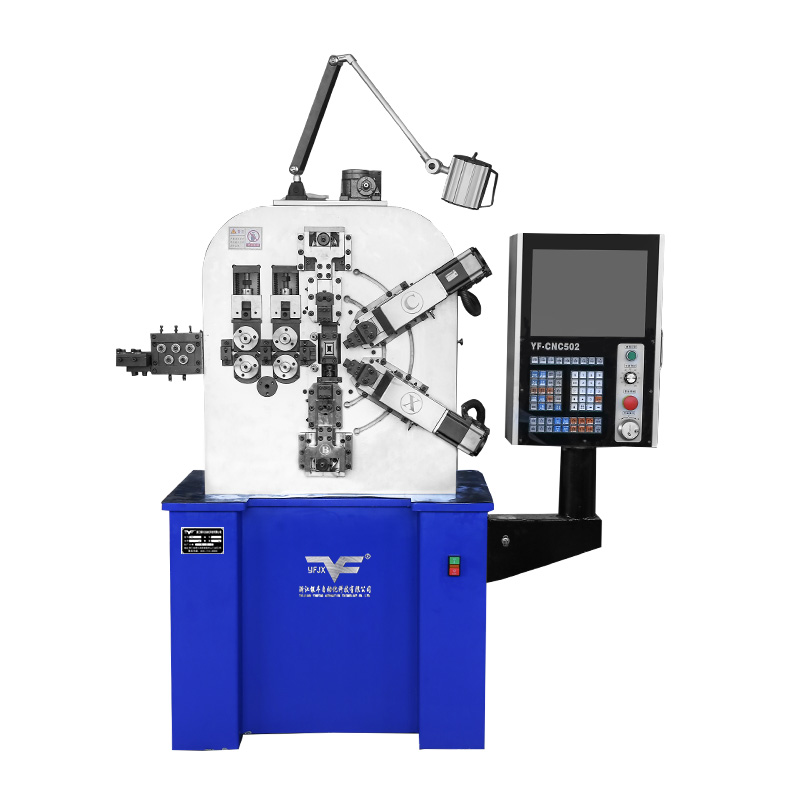Camless Wire Bending Machine: Unmatched Flexibility for Complex Parts & Quick Changeovers
Industry News-The manufacturing landscape is shifting, moving away from long runs of identical parts towards a model that requires greater variety and customization. In this environment, the limitations of traditional machinery become increasingly apparent—rigid setups struggle to keep pace with evolving order demands. The camless wire-bending machine emerges as a targeted response to this shift, offering a dynamic approach to wire forming that addresses the core needs of adaptability and complex part production.
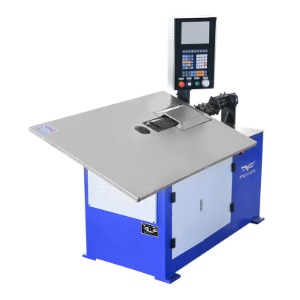
The Challenge of Changeovers in Traditional Wire Forming
A significant hurdle in wire forming for mixed production is the time-consuming changeover process associated with traditional cam-based machines. These systems rely on physical cams and dedicated tooling to define bending motions, meaning switching from one product design to another requires extensive mechanical adjustments and part replacements. This process entails unavoidable downtime, during which the machine sits idle rather than producing. It also demands the storage and management of a large inventory of physical components—cams, dies, and fixtures—each tailored to specific part designs. This setup can create a critical bottleneck, making it challenging to respond quickly to new orders, design iterations, or last-minute production adjustments. The labor, time, and storage costs invested in these changes not only eat into operational efficiency but also limit the ability to capitalize on short-run or custom projects.
The Camless Difference: Software-Driven Bending
The camless wire-bending machine operates on a fundamentally different principle, replacing physical cams with software-controlled precision. Instead of relying on fixed mechanical components to guide bending, it uses individual servo motors to control each axis of movement—from wire feeding and rotation to bending angles and plane shifts. Every aspect of the bending process is managed through programmable commands, stored as digital part files. To switch the product being manufactured, an operator simply loads the relevant program into the machine’s control system. The transition is entirely electronic, eliminating the need for manual tool changes, cam adjustments, or mechanical reconfigurations.
This shift from a hardware-dependent setup to software-driven operation transforms the production dynamic. Changeover times are drastically reduced, often from hours to minutes, allowing the machine to return to active manufacturing more rapidly. It also eliminates the need for storing and maintaining a vast inventory of physical tooling, freeing up floor space and reducing inventory costs. For manufacturers handling multiple part types or frequent design changes, this flexibility translates directly into improved throughput and greater responsiveness to customer demands.
Expanding Design Possibilities Beyond Cam Limitations
The advantages of camless systems extend far beyond quick changeovers—they unlock new levels of design complexity that were once impractical with traditional machines. The independent control of multiple axes enables precise manipulation of the wire in three dimensions, free from the fixed paths imposed by physical cams. Designers are no longer constrained by the mechanical limits of cam profiles, opening the door to intricate shapes that combine tight and wide radii, bends in multiple planes, and complex contouring within a single part.
This geometric freedom has tangible benefits for engineering and production teams. It allows for part consolidation, where multiple separate components can be integrated into a single wire form, reducing assembly steps and material costs. For applications requiring precise spatial or mechanical performance—such as automotive brackets, medical device components, or consumer product frames—camless machines can produce wire forms tailored to exact specifications. Even highly customized parts, which would be cost-prohibitive to produce with traditional tooling, become feasible with camless technology, as the only change required is a new digital program.
Aligning with the Future of Flexible Manufacturing
The adoption of camless wire-bending technology represents a key step towards more adaptive, responsive manufacturing systems. By addressing the critical constraints of changeover time and geometric complexity, it provides manufacturers with a tool that aligns with the broader movement towards flexible production. In an era where the ability to pivot efficiently between orders, accommodate custom designs, and minimize downtime is as valuable as raw output volume, camless wire-bending machines offer a competitive edge. They empower manufacturers to embrace the shift towards varied, customer-centric production without sacrificing efficiency or precision—positioning them to thrive in the evolving manufacturing landscape.

 English
English русский
русский Español
Español 简体中文
简体中文